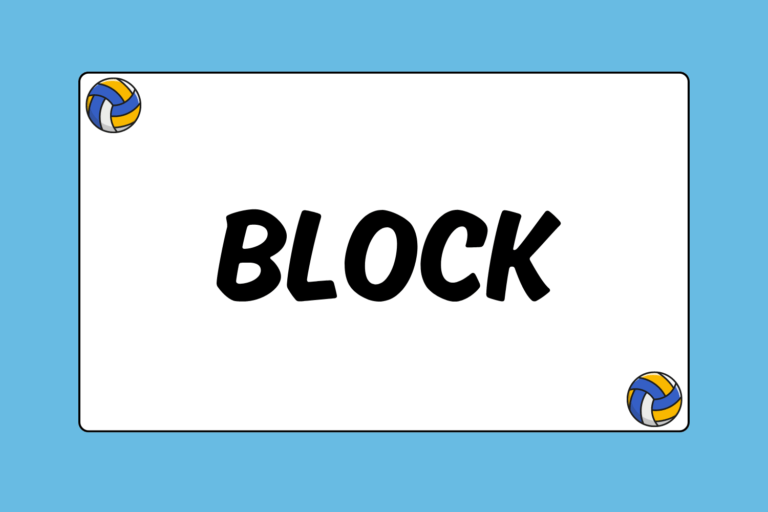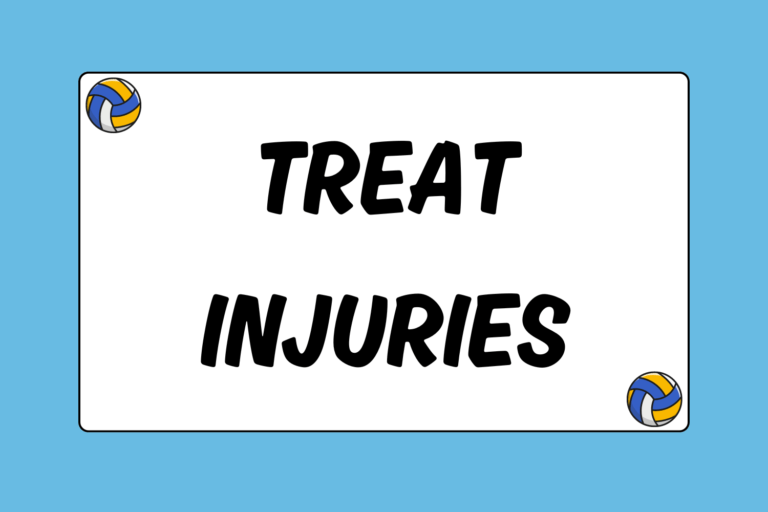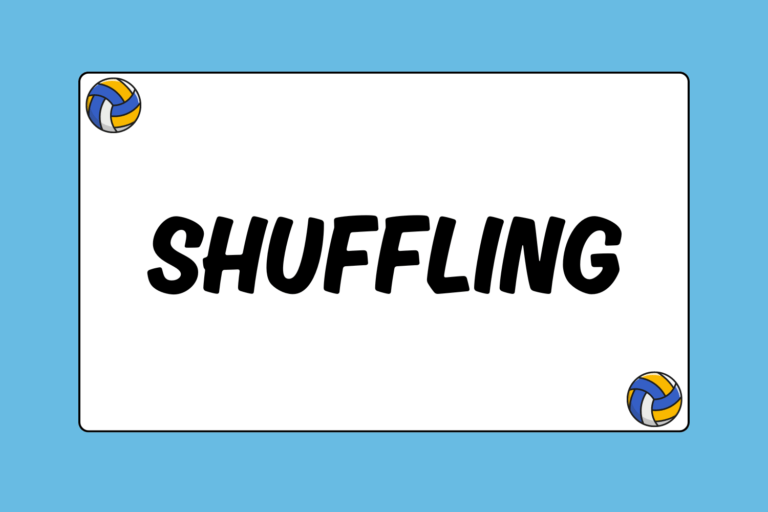Believe the hype. Strength training can help you take your game to the next level. It can build stamina, increase power and improve speed. However, there is a catch (yes, there’s always a catch). Lifting heavy weights over your head a bunch of times won’t get you in elite volleyball form.
The degree to which your time in the weight room transfers to improved performance on the court depends largely on how you train. Here’s how to get the most out of your strength training workouts:
Principle of Specificity
The principle of specificity states than an individual needs to train in a manner that is most like the way in which they want to perform. In other words, if you were training for a marathon you wouldn’t spend hours in the gym passing serve-receive and expect your running technique to drastically improve, right? Of course not, because it doesn’t make sense to try to improve at one thing by practicing a different skill. Yet, when it comes to implementing weights into an athlete’s training regimen that is exactly what many of us are doing.
Hot Tip: Warm Up
It is important to make sure your body is warmed up before you begin any vigorous physical activity. A light five-minute jog or a few minutes of jumping jacks are great ways to get the blood flowing.
Squat Jump
The squat jump is a dynamic move that is designed to mimic the motion of jumping. If performed correctly and consistently, the squat jump can help add inches to your vertical leap.
To perform a squat jump, follow the steps below:
- Start by standing, with hands cupped and both arms folded, one on top of the other, in front of the chest area.
- Widen the distance between your legs so that your feet are shoulder-width apart for a stable base of support. Make sure that your toes are pointed forward.
- Carefully lower yourself to a full squat. Contract your leg muscles to support your weight as you lower your body down.
- Keep your back straight and lift your chest up and out to help support your balance.
- Push against the floor for an exploding jump. Contract the muscles of your lower extremities as you push off to jump as high as you can.
- Straighten your legs as you jump. You can leave your arms the way they are or you can open and extend them upwards, as if you’re reaching for the ceiling.
- Position yourself in a squat (starting position) once you land back on the floor. Fold your arms back to a starting position if you chose to extend it when you jump.
Fun Fact:
A medical study done by the University of Michigan found that participants who included jump squats in their workout routine increased their vertical jump by an average of three to five inches over a 12-week span.
Standard Back Squat
The squat is one of the most effective lower-body exercises, because it works every major muscle group. It is great for volleyball because the squat position is very similar to volleyball defensive posture.
To execute a squat, follow the steps below:
- Stand with feet hip distance apart with your toes, knees and hips in a straight line.
- Pull your belly button towards your spine and contract your abdominal muscles.
- Slowly lower your body, as though you are sitting in a chair.
- If you can, go down until your butt is in line with your knees (knees at 90-degree angles). If you can’t go down that low, go as low as you can.
- Take a moment and look down to make sure your knees are behind your toes.
- Keeping the weight in your heels, slowly push your body back to starting position.
- At the top of the movement, do not lock your knees. Keep a slight bend in them.
- Repeat the movement
Static Forward Lunges
The forward lunge helps strengthen the hamstrings and the gluteus maximus. Because the forward lunge engages the body in movements similar to those a volleyball athlete needs to make during a match (the hitting approach, the dig, etc), it is an exercise that every volleyball player should incorporate in their routine. Follow the steps below to lunge in front of the competition:
- Stand in a split stance with the right foot forward and the left leg back.
- The feet should be about two to three feet apart, depending on your leg length.
- Before you lunge, make sure your torso is straight and that you’re up on the back toe.
- Bend the knees and lower the body down until the back knee is a few inches from the floor.
- At the bottom of the movement, the front thigh should be parallel to the floor and the back knee should point toward the floor.
- Keep the weight evenly distributed between both legs and push back up, keeping the weight in the heel of the front foot.
- Repeat for all reps before switching sides.
Side Lunges (Dig and Reach)
The side lunge mimics the movement your body makes when you perform a dig. Additionally, because the side lunge requires some single-leg movement, this exercise also is great for the core.
Here is how you do the side lunge:
- Begin with your feet hip distance apart.
- Lunge to the right (like you would to pass a volleyball) while keeping your left leg straight.
- Sit back into the heel of the lunging leg.
- Stand and repeat on the left side.
The Wrap-up
A majority of weight lifting programs are designed with the body builder in mind. While this type of workout increases overall strength, it is not designed to train your muscles to become more efficient at volleyball movements. The exercises listed above are volleyball-specific strength exercises. Add these moves to your workout routine and you’ll be killing the competition in no time.





